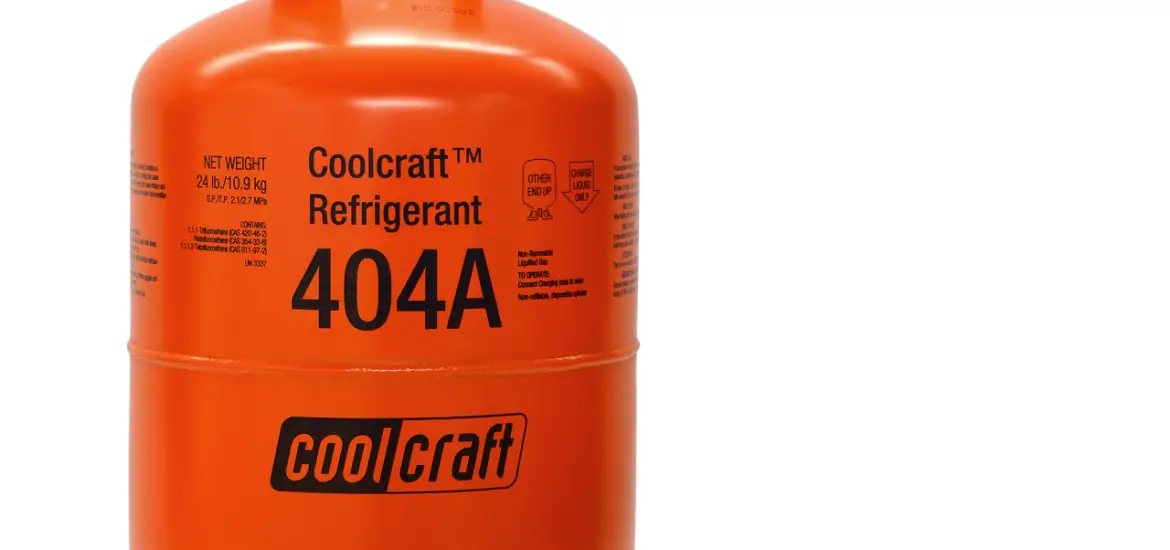Refrigerant gas names – you’ve heard it tossed around, right? It’s the secret sauce in cooling systems like your AC or fridge. Depending on their chemical makeup, these gases come with different names – CFCs, HCFCs, HFCs, HFOs, and the like. Some of the usual suspects include R-12, R-22, R-134a, R-410A, and R-1234yf. But hey, things are changing! With the green wave, new eco-friendly refrigerants are making a splash. So, are you ready to chill with the cool facts about these gases?

Table of Contents
Understanding Refrigerant Gases
Definition of Refrigerant Gas
General Description
It’s simple really. A refrigerant gas is a fluid that absorbs heat. Kinda like a sponge, but for warmth instead of water!
Role in Cooling Systems
You see, without these gases, your AC or fridge would be as useful as a chocolate teapot. They’re the ones doing the heavy lifting, keeping everything nice and frosty.
Categories of Refrigerant Gases
CFCs: Chlorofluorocarbons
Remember the name, CFCs? They were the bad boys of refrigerants. Just like the James Deans of chemistry, they did the job but left a trail of trouble.
HCFCs: Hydrochlorofluorocarbons
Then came the HCFCs – a bit less rebellious, but still not quite there.
HFCs: Hydrofluorocarbons
The HFCs? They were the new kids on the block, still made a mess but a little bit less.
HFOs: Hydrofluoroolefins
And the HFOs, they’re the latest gen, touted as the more eco-friendly cousins.
Common Names of Refrigerant Gases
CFCs Refrigerant Gas Names
R-12: Dichlorodifluoromethane
Think of R-12 as the classic, the OG of refrigerants – had its time in the sun but now it’s retired.
R-115: Chloropentafluoroethane
R-115? Yep, another CFC, was quite the name in the refrigeration industry once.
HCFCs Refrigerant Gas Names
R-22: Chlorodifluoromethane
R-22 was the poster child for HCFCs, but it’s on its way out too – the price we pay for being kinder to our planet, right?
R-123: Dichlorotrifluoroethane
And then, there’s R-123, another HCFC old-timer, taking a bow as we speak.
HFCs Refrigerant Gas Names
R-134a: Tetrafluoroethane
Enter the HFCs – with the likes of R-134a. Sounds like a droid from Star Wars, doesn’t it? But no, it’s a refrigerant, a popular one at that.
R-410A: Difluoromethane / Pentafluoroethane
And then there’s R-410A – another big name in the HFCs gang.
HFOs Refrigerant Gas Names
R-1234yf: Tetrafluoropropene
Finally, we’ve got the HFOs, the greener folks on the block. R-1234yf is one of ’em, and it’s getting quite the buzz.
R-1234ze: Trans-1,3,3,3-Tetrafluoropropene
R-1234ze is another. Complex name, huh? But its role is simple – cooling things down without ruffling Mother Nature’s feathers.
Read more in-depth articles on refrigerants here – Articles on Refrigerants: The Ultimate Guide to Understanding Them
Evolution of Refrigerant Gases and Environmental Concerns
The Ozone Depletion Issue
The Impact of CFCs and HCFCs
So what’s the big fuss about CFCs and HCFCs? In a nutshell, they were great at cooling but terrible for the ozone layer.
Global Efforts: The Montreal Protocol
Heard of the Montreal Protocol? It’s like the Avengers for the ozone layer, helping us phase out these gases to protect our planet.
The Global Warming Potential
The Role of HFCs
What about HFCs? Well, they don’t mess with the ozone, but they do have high global warming potential. Kinda like swapping a cough for a sneeze, right?
Shift Towards Eco-Friendly Refrigerants
That’s why there’s a push for greener alternatives. Better for the earth, better for us, wouldn’t you agree?
Emerging Eco-Friendly Refrigerant Gas Names
Hydrocarbon Refrigerants
R-290: Propane
Propane, you’ve heard of it. But as a refrigerant? Yep, it’s got a fancy refrigerant gas name – R-290.
R-600a: Iso-butane
Same with Iso-butane – in the refrigerant world, it’s known as R-600a.
CO2 and Ammonia-Based Refrigerants
R-744: Carbon Dioxide
Then there’s good ol’ CO2, not as a pollutant but as a cooling agent. Its alias? R-744.
R-717: Ammonia
And let’s not forget ammonia, a.k.a. R-717. Not the most pleasant smelling, but hey, it does the job and it’s kinder to our planet.
Future of Refrigerant Gases
Upcoming Refrigerant Gas Innovations
The Role of Research and Development
With all this talk of refrigerants, one thing’s clear – the future’s all about greener, safer gases. And that’s where R&D comes in, cooking up new ways to keep us cool.
Potential Future Refrigerants
Who knows what the future will bring? A new refrigerant gas name might just be around the corner, ready to change the game.
Considerations for Choosing Refrigerants
Energy Efficiency
But it’s not just about the environment, right? We need refrigerants that are also energy efficient. Because who doesn’t like a lower energy bill?
Environmental Impact
Of course, we can’t forget about Mother Earth. The lower the environmental impact, the better.
Safety and Regulatory Compliance
And lastly, safety first! We need gases that are not just efficient and green, but also safe and compliant with the rules.